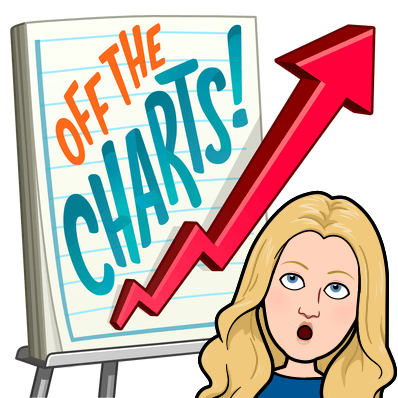

2021: Top tips from a proofreading business
It has come to the end of another year. I love analysing data and using it to improve my business. So this blog is a review of my proofreading business from 2021 and my top tips to improve yours. Read on to find out where the work came from, who the work came from and what format it took. All the questions you would love to ask but daren't.
1. Where did the work come from?

The majority of my proofreading work came from LinkedIn in 2021. I was shocked by the small amount of work coming through from my website, as I put a lot of time and effort into keeping it updated and writing a blog. Though I feel people who have contacted me through other mediums will have checked out my website first. Also, I do feel my website gets my name out there for people to find me so worth the time. I only joined the Chartered Institute of Editing and Proofreading directory part of the way through 2021 when I upgraded to Professional Level, so I did not expect to have a large percentage from that yet. It will be interesting to compare this year's figures with next year's.
So if you would like more work focus your energies on LinkedIn.

The best way I found is to connect with people you would like to work with and engage with them on LinkedIn. Also, to post regularly (I post twice a week) showing who you are and what your business stands for. Let people get to know you.
2. Who did the work come from?

Most of my work in 2021 came from Publishers. I am an ex-teacher, so I specialise in educational proofreading, and I target Educational Publishers for the majority of my work.
It is good to specialise and have a niche where you can stand out from the crowd.
So think about 'Who do you want to work with?' and 'What do you want to specialise in?'. Everyone has a talent or an area of interest that they can offer to their clients. So by targeting your marketing to a specific client which you have a specialism in, you will improve your chances of success.
3. What format was the work?

Proofreading can take many formats. My data analysis shows that it has been pretty evenly spread between Microsoft Word, PDFs and Digital Media. I love a good pie chart. The mark up can be broken down further into the following types:
29% commenting tools
27% track changes
22% Trello
8% PowerPoint
7% Smartsheet
5% BSI Proofreading symbols
2% Excel
The majority of projects used the commenting tools though some do use the BSI proofreading symbols. There is a wide variety of ways to mark up the proofreading, and there are lots of different skills to develop for each project.
The key is to be flexible and open to new formats and new ways of marking up your work.
I love using my maths degree and analysing data. I hope you have found the top tips useful to improve your business. All the best for 2022.
To find out more information, visit my website and see samples of my proofreading.
I am a freelance proofreader and a qualified teacher with a maths degree and a love of learning. Thank you for reading '2021: Top tips from a proofreading business'. Want to find more out about marketing and the importance of personal branding?
Check out my blog "Personal branding: the importance of personal branding" on my website www.alisonproofreader.com, or say hello on Twitter at @alisonproofread, or Instagram at @alisonproofreader, or connect via Facebook and LinkedIn.







Comments